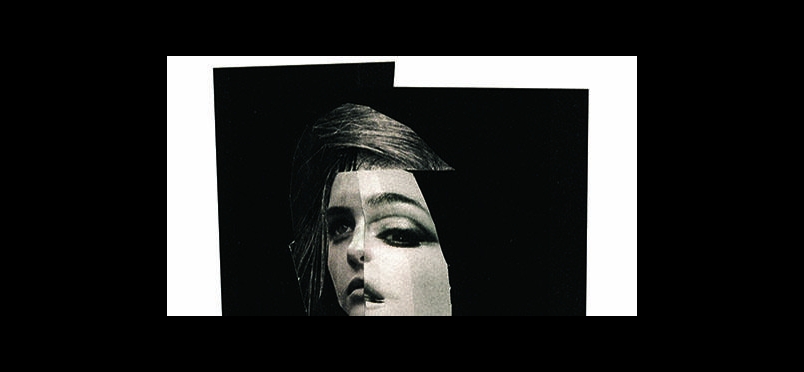| pain management
Liquid Rhinoplasty: Noninvasive. Less Pain. Faster Recovery.

“An excellent alternative to surgical rhinoplasty”
Newswise — As patients continue to seek non-invasive treatments across the cosmetic spectrum, “liquid rhinoplasty” is emerging as the non-surgical alternative to the traditional nose job. Using dermal fillers to change the appearance of the nose, non-surgical rhinoplasty is gaining in popularity due to its relatively low cost, convenience, and short recovery time.
There has previously been debate regarding the safety and effectiveness of this procedure – especially in the absence of large-scale studies reporting on the patient outcomes. To address this gap, the March issue of Plastic and Reconstructive Surgery®, the official medical journal of the American Society of Plastic Surgeons (ASPS), features a new study that includes an analysis of 5,000 non-surgical rhinoplasties performed between 2015 and 2019 – the largest published experience of non-surgical rhinoplasty to date.
The study’s lead author, Ayad Harb, FRCSPlast, is a London Consultant Plastic Surgeon and world authority on this increasingly popular procedure.
“We find this treatment an excellent alternative to surgical rhinoplasty in those patients who do not want, cannot have, or do not need surgery,” writes Dr. Harb. "This study demonstrates high efficacy and safety, and relatively low complication rates in the hands of an experienced clinician.”
The study outlines a safe and effective non-surgical rhinoplasty technique, which focuses on three critical aesthetic points of the nose—the radix, bridge and tip.
“The injections are carried out at the radix and move caudally with a micro-droplet technique. Boluses of no more than 0.1 mL at any one point,” writes Dr. Harb. “Frequently, and especially nearer the tip, deposits of filler can be as small as 0.02 mL per site. With each injection point, the gel implant is massaged into place and can be maneuverer to produce a smooth and symmetrical surface. The injections continue in the midline until the tip is reached. The tip is injected perpendicular to the skin to improve projection and definition.”
According to the study, hyaluronic acid is the preferred filler because of its reversibility in the event of vascular occlusion. Another benefit is that it can be pre-mixed with local anaesthetic, avoiding the requirement for pre-procedural local anaesthetic which can distort or mask subtle deformities that one is looking to correct.
Read the full press release.
Did you enjoy this article?
Subscribe to the PAINWeek Newsletter
and get our latest articles and more direct to your inbox
